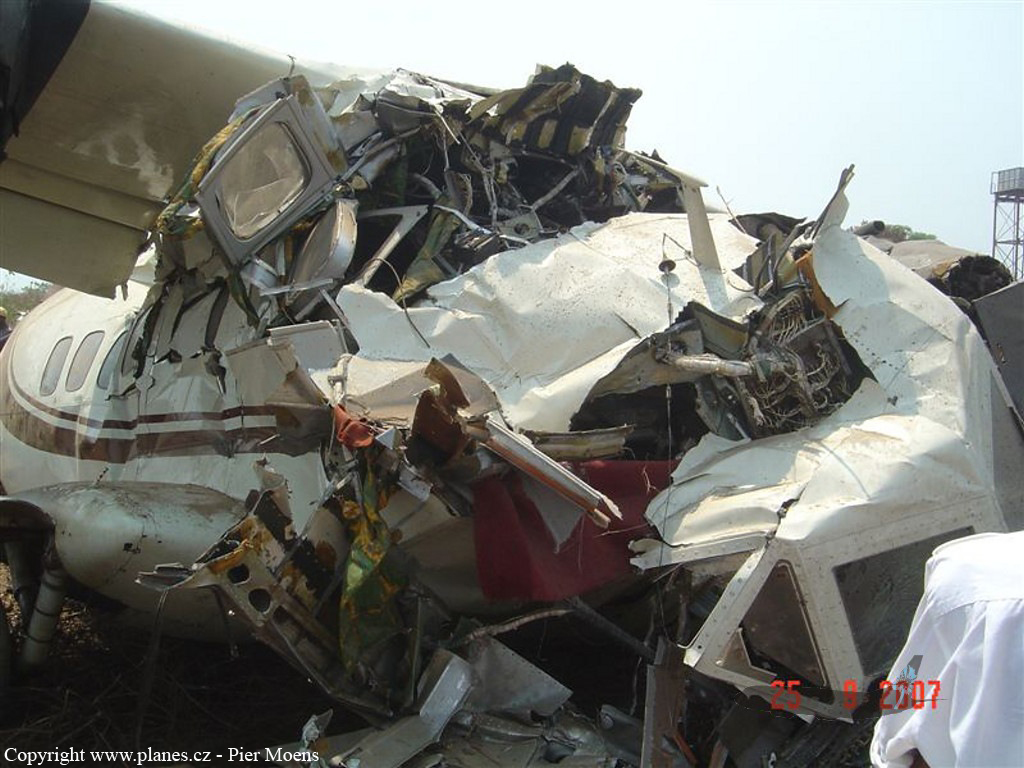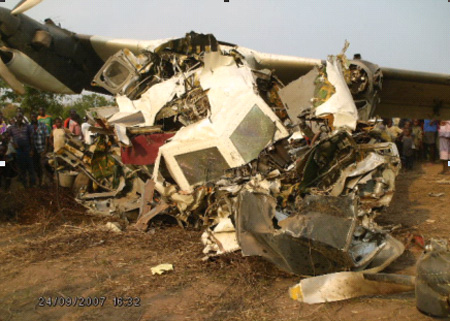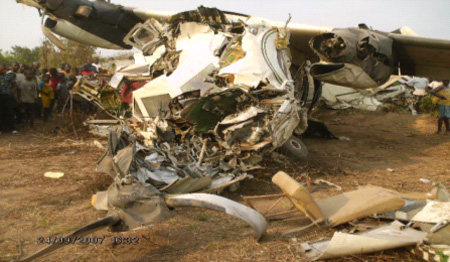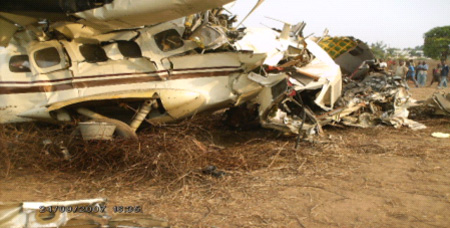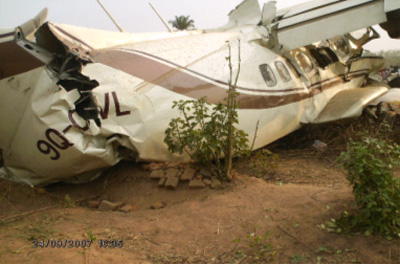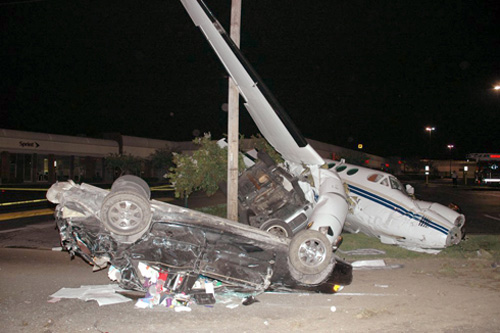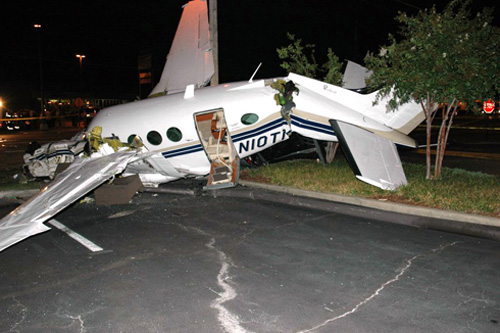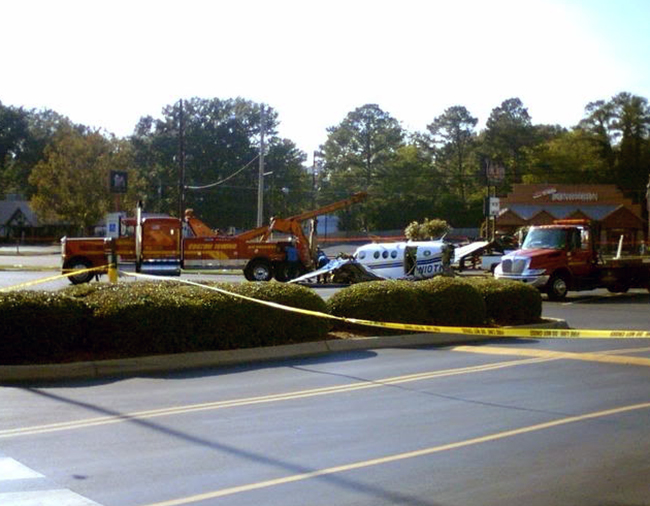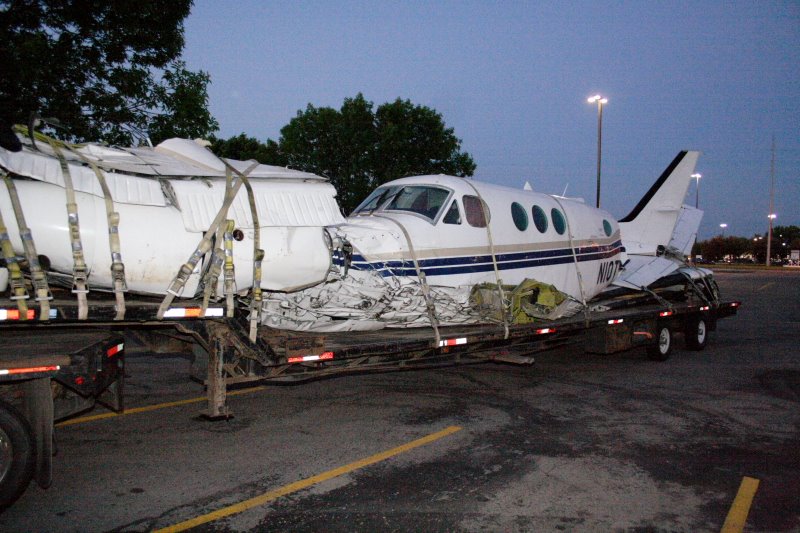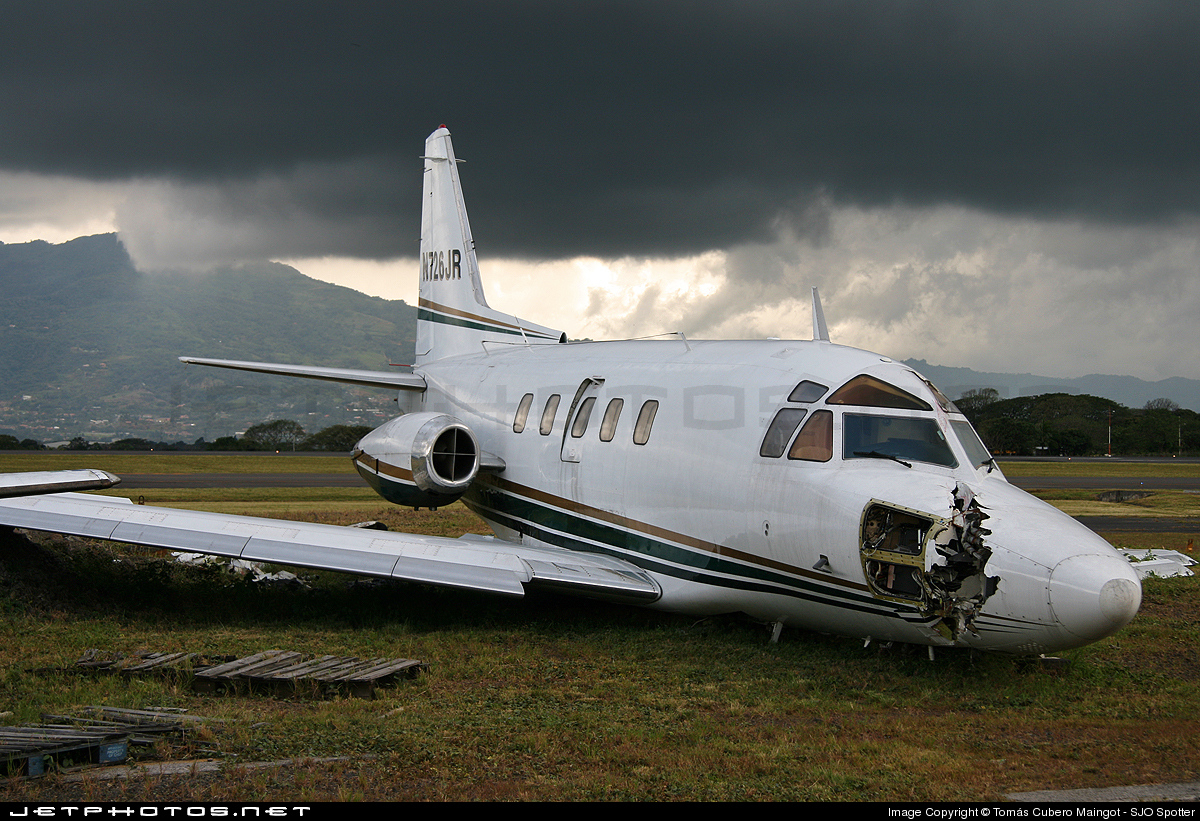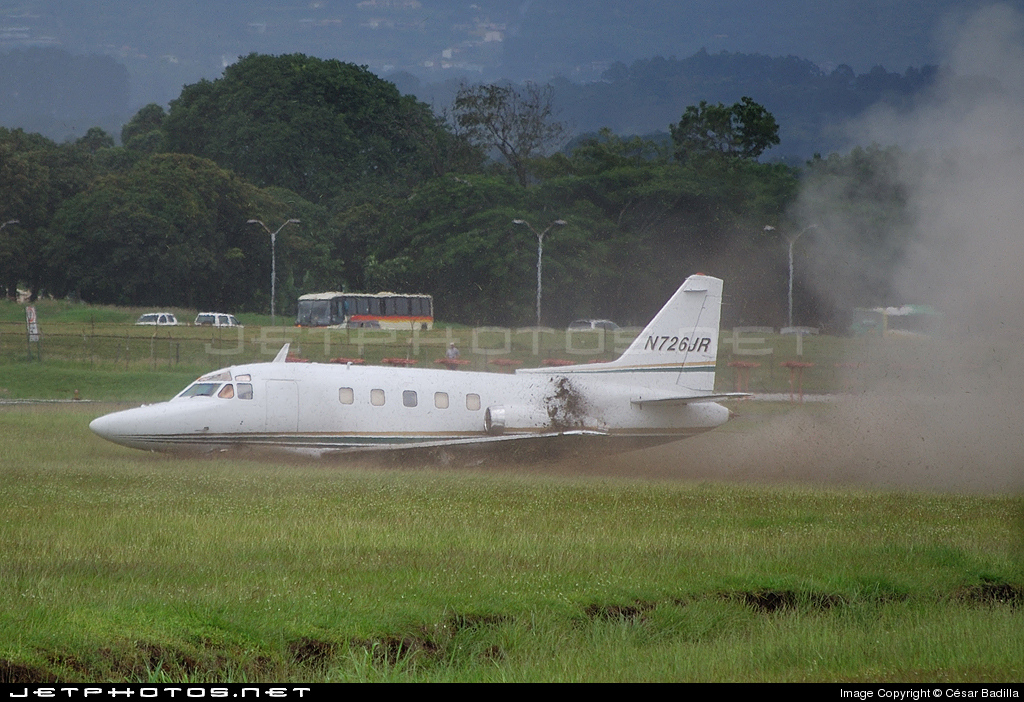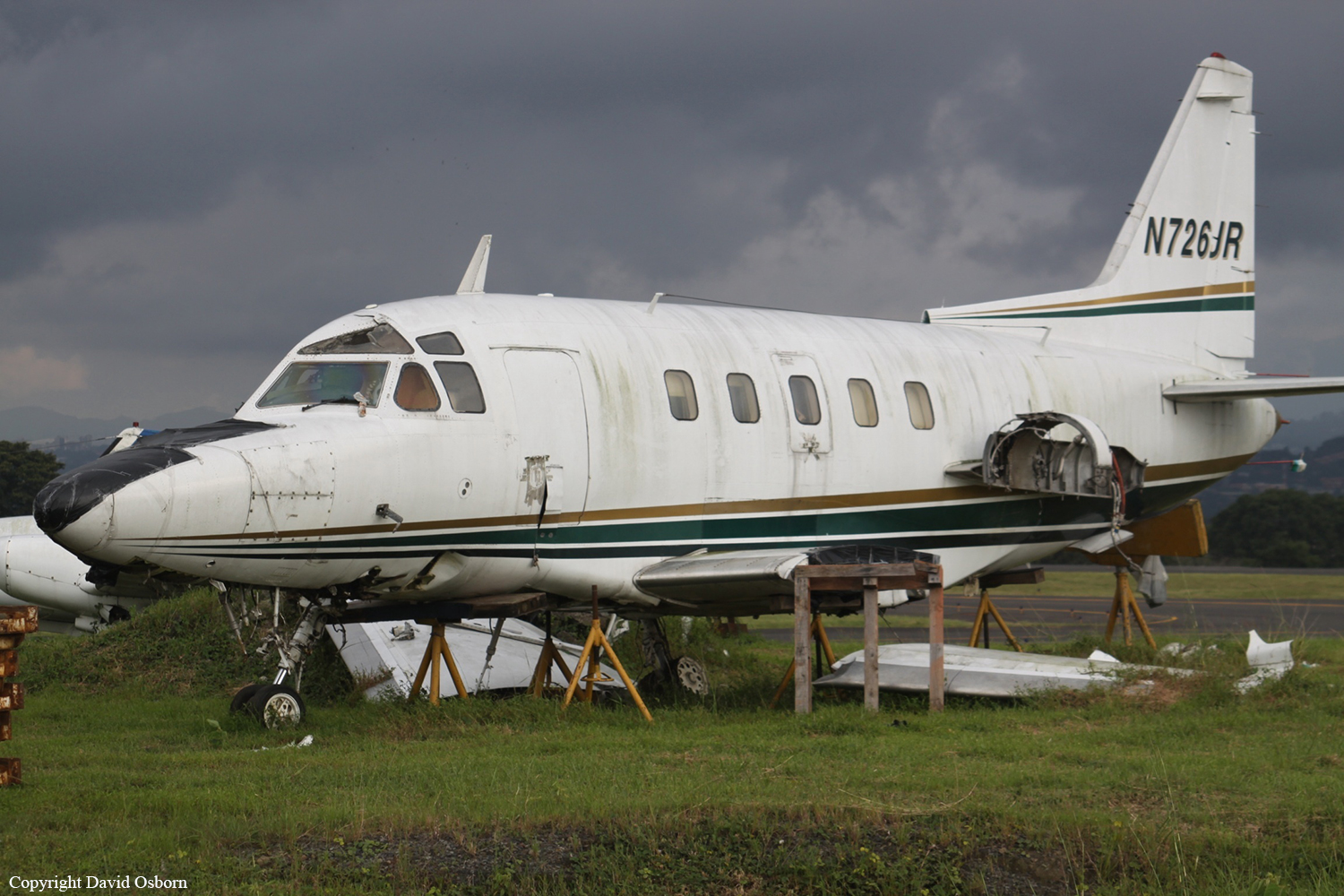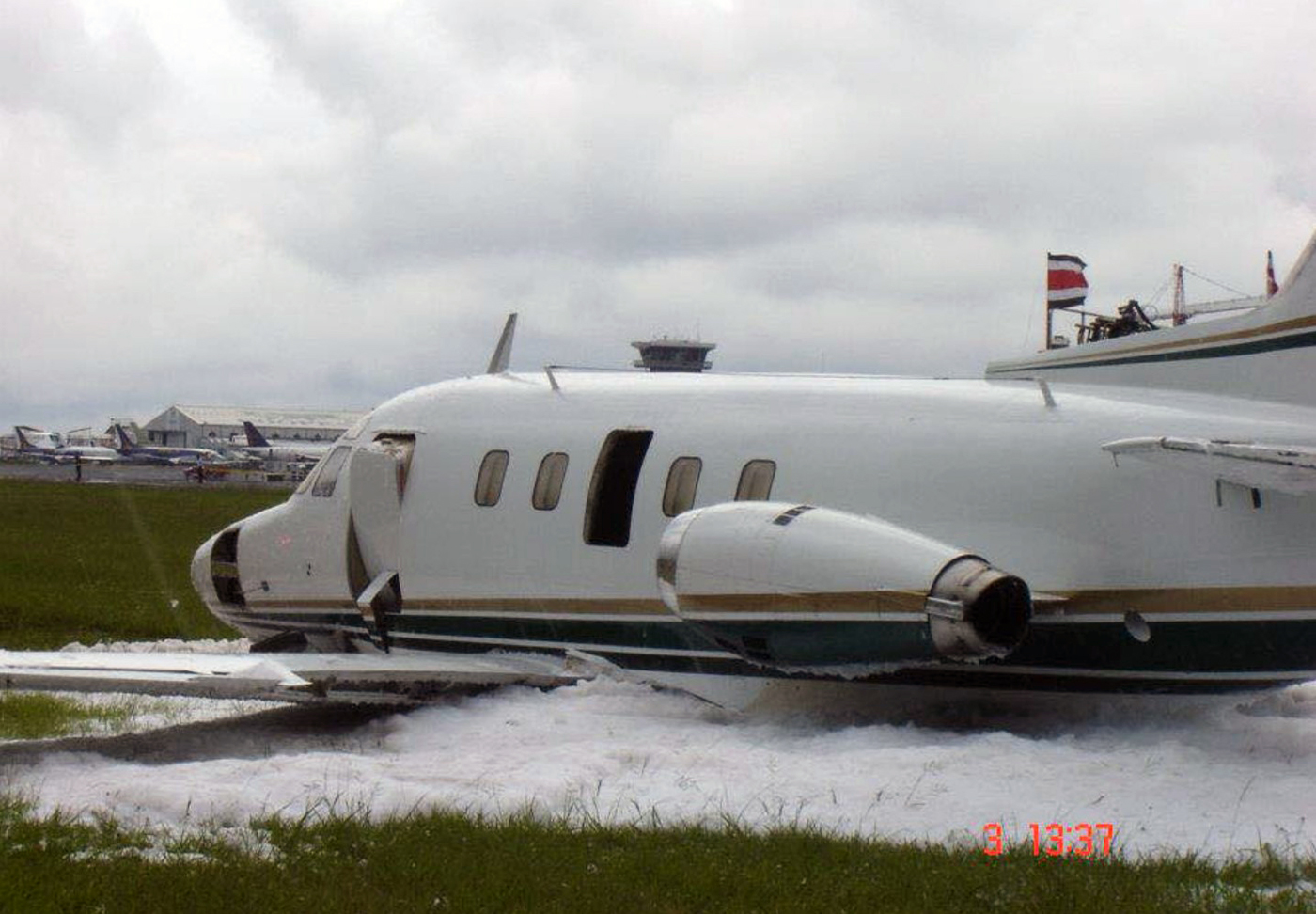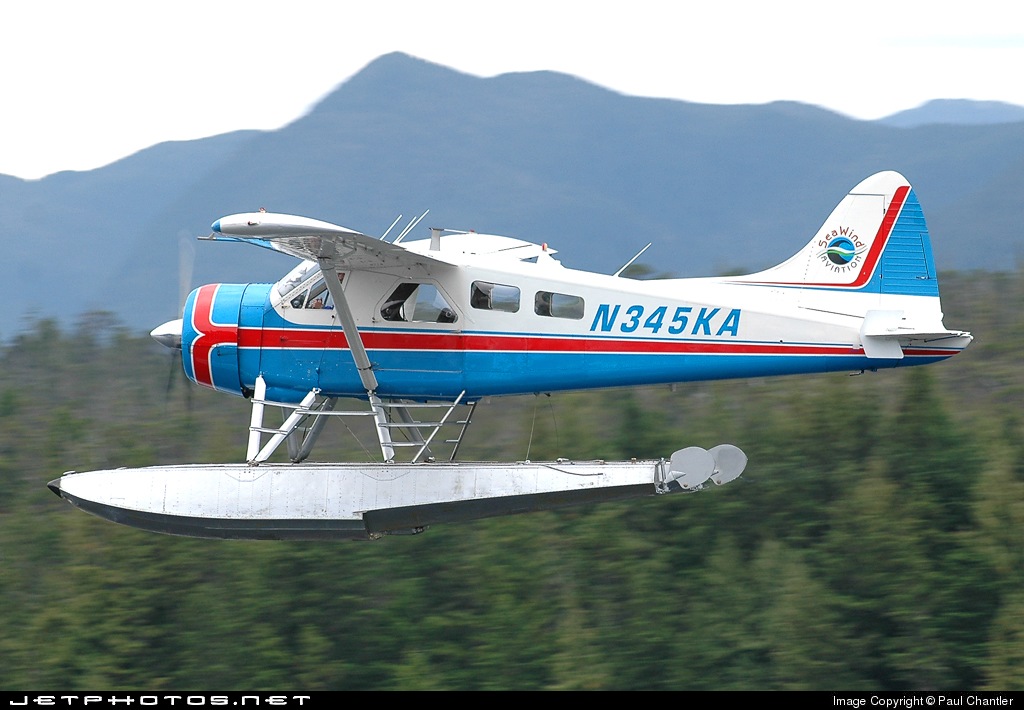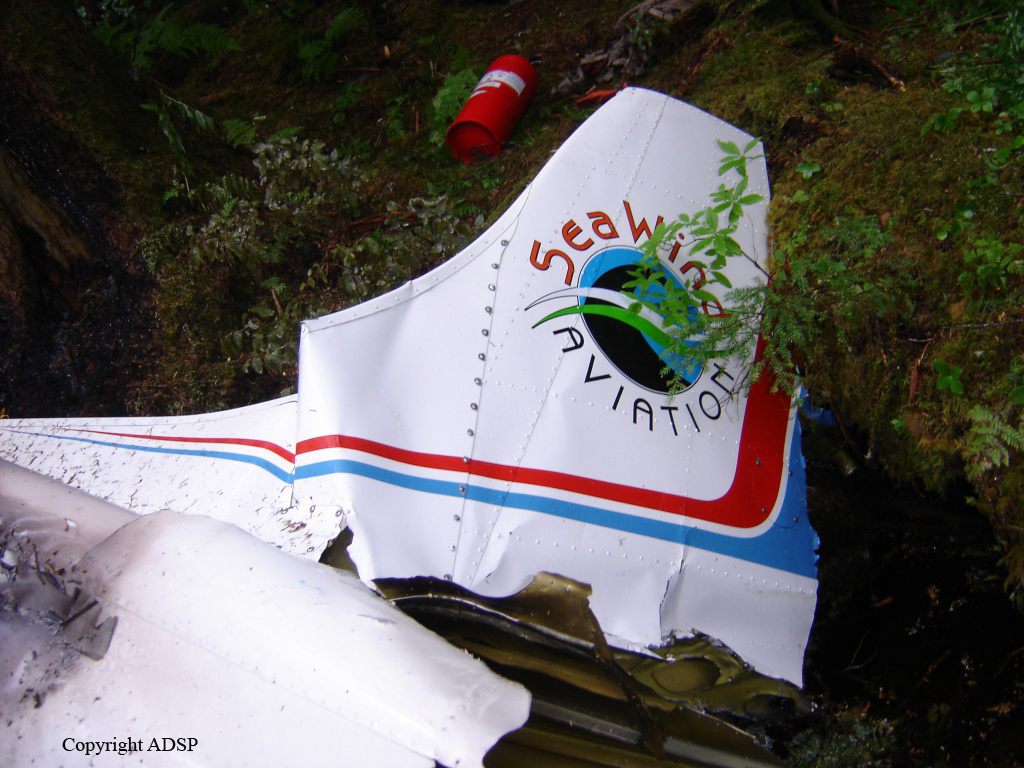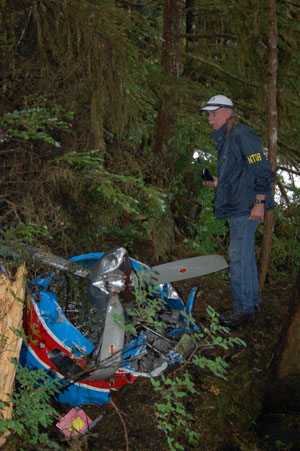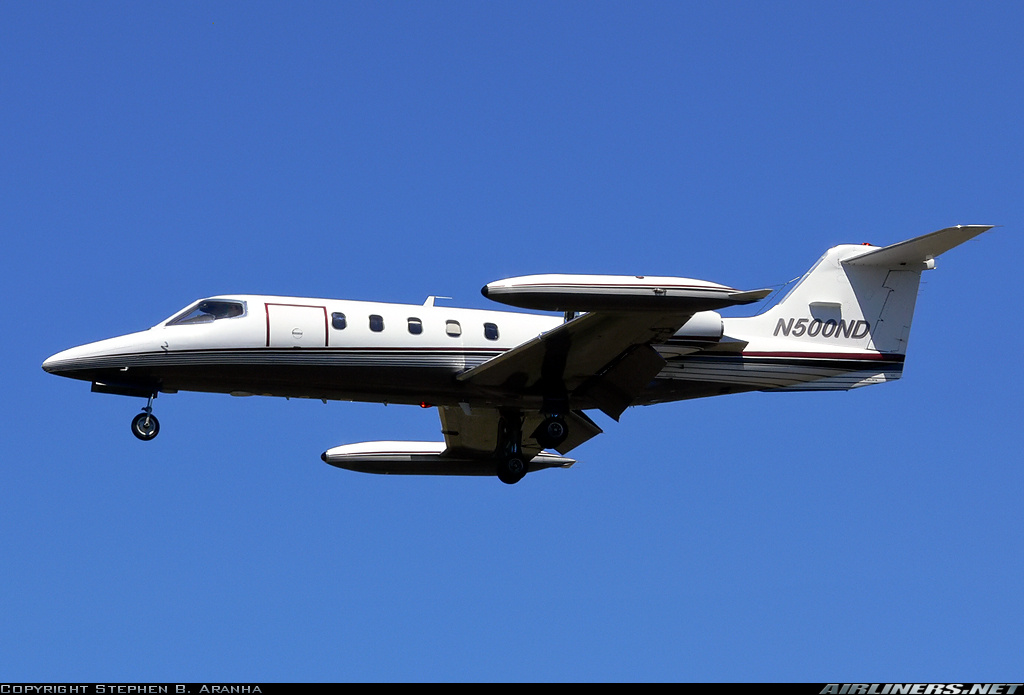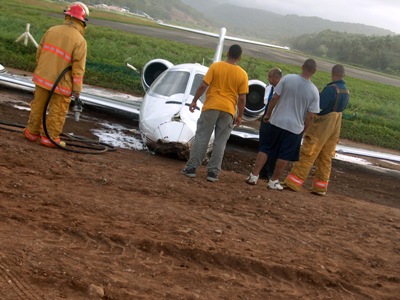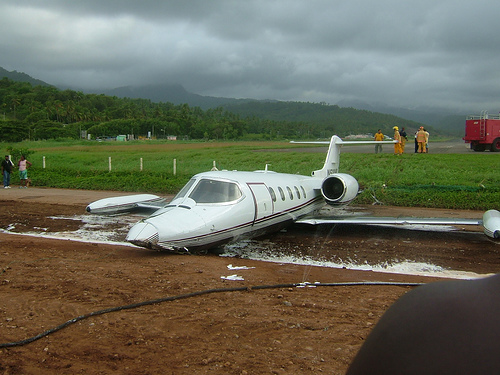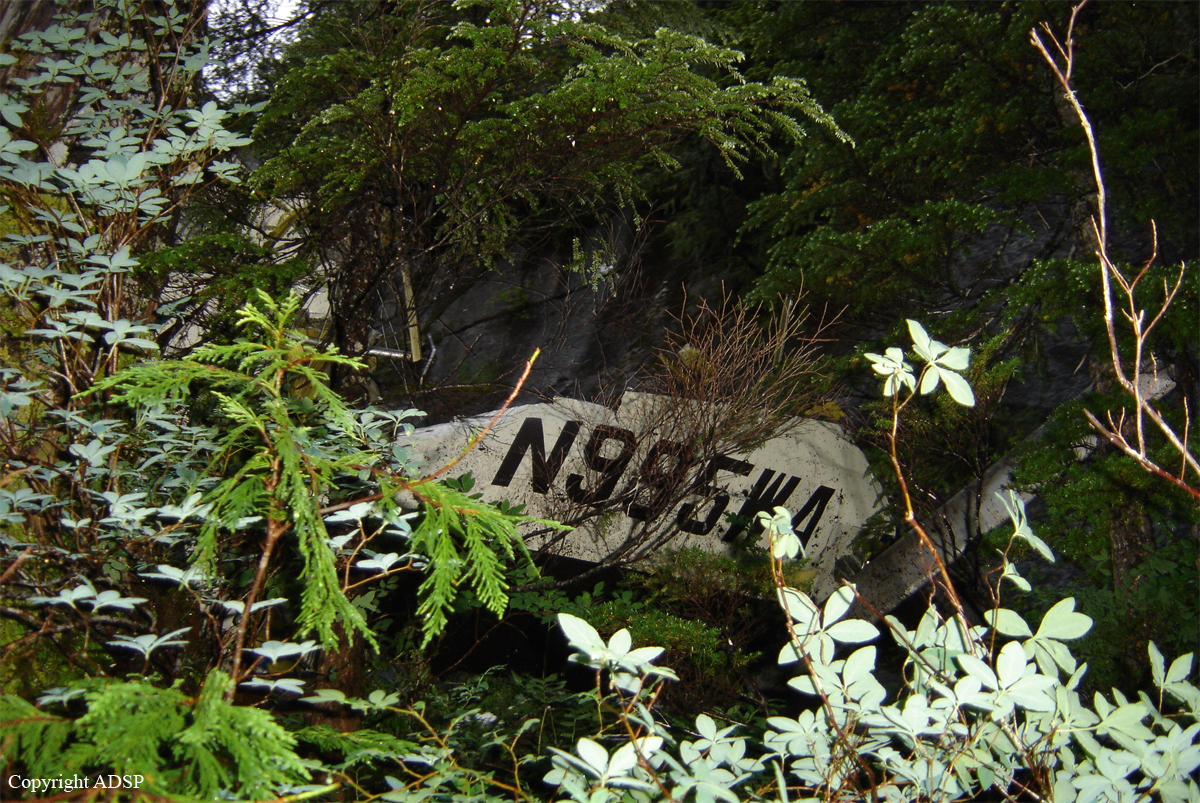Crash of a McDonnell Douglas MD-83 in Istanbul
Date & Time:
Oct 11, 2007 at 1929 LT
Registration:
SU-BOY
Survivors:
Yes
Schedule:
Hurghada - Warsaw
MSN:
53191/2151
YOM:
1996
Flight number:
AMV4270
Crew on board:
7
Crew fatalities:
Pax on board:
156
Pax fatalities:
Other fatalities:
Total fatalities:
0
Circumstances:
En route from Hurghada to Warsaw, while cruising over Turkey, the crew contacted ATC and reported electrical and hydraulic problems. The crew was cleared to divert to Istanbul-Atatürk Airport for an emergency landing. After touchdown, the aircraft was unable to stop within the remaining distance. It overran and came to rest near the ILS antenna after both main gears collapsed. All 163 occupants evacuated safely and the aircraft was damaged beyond repair.









